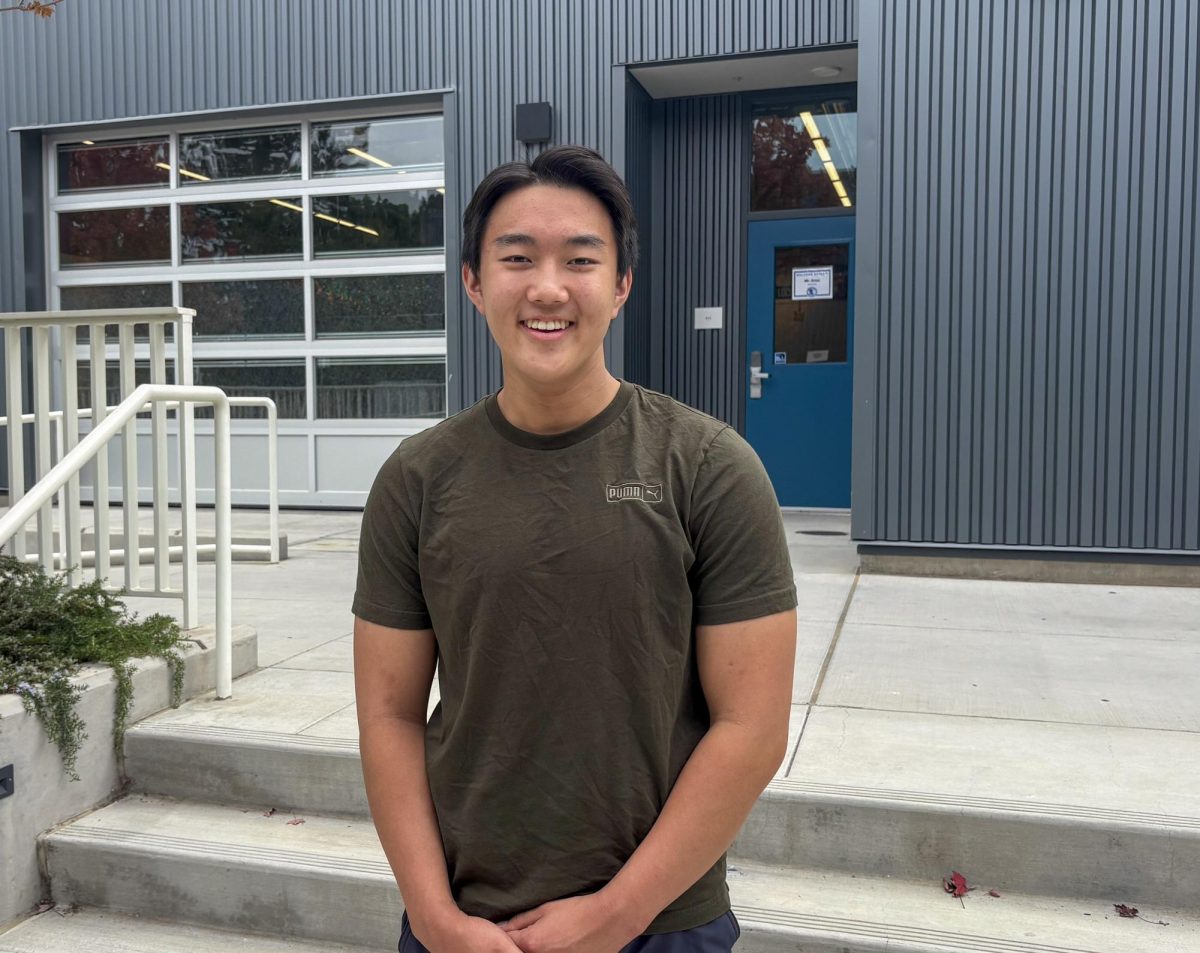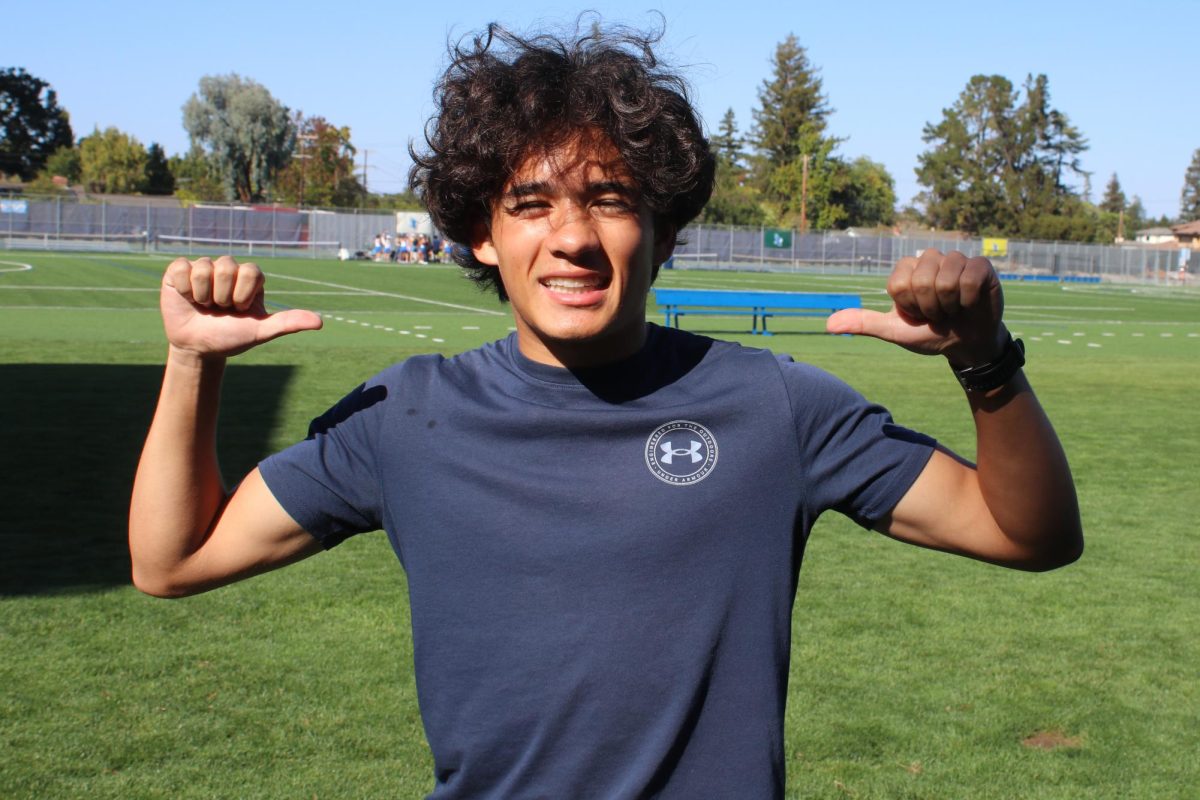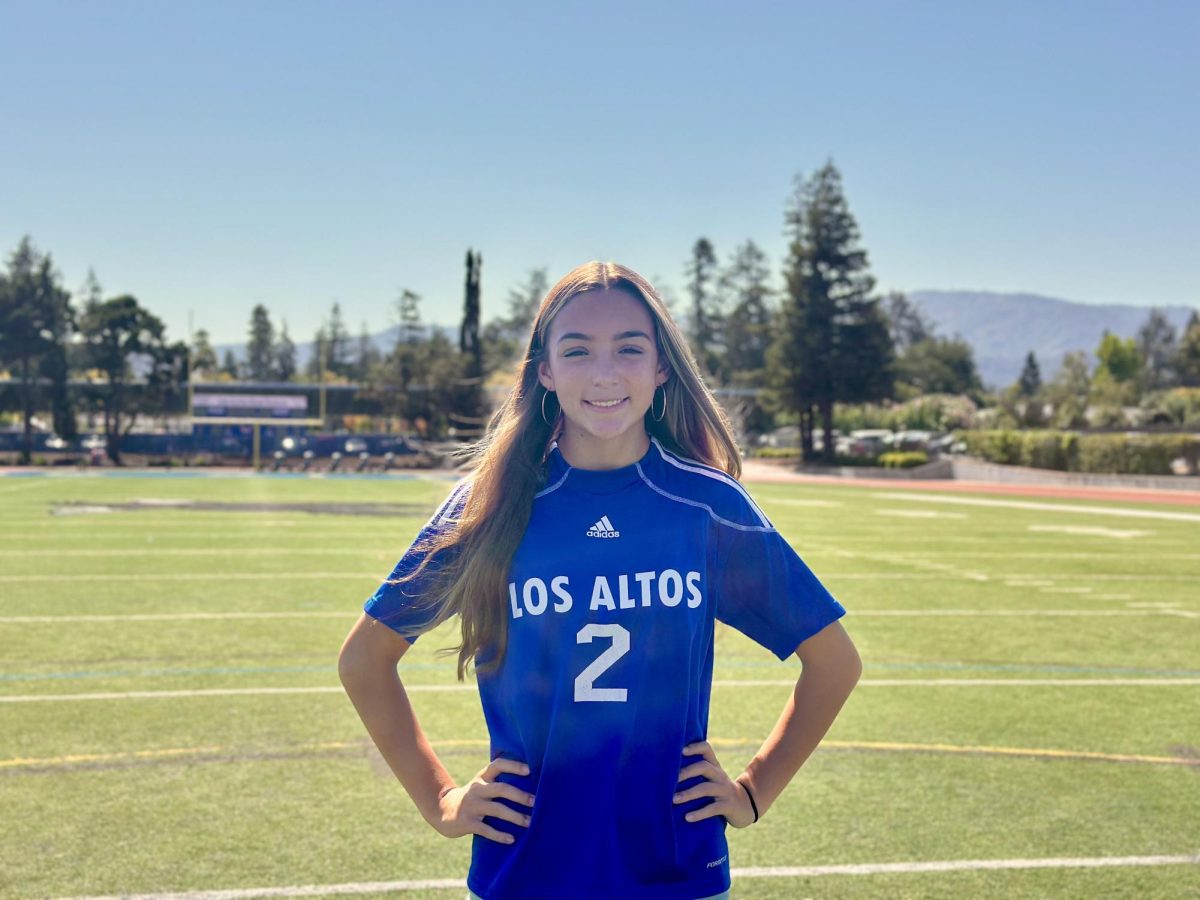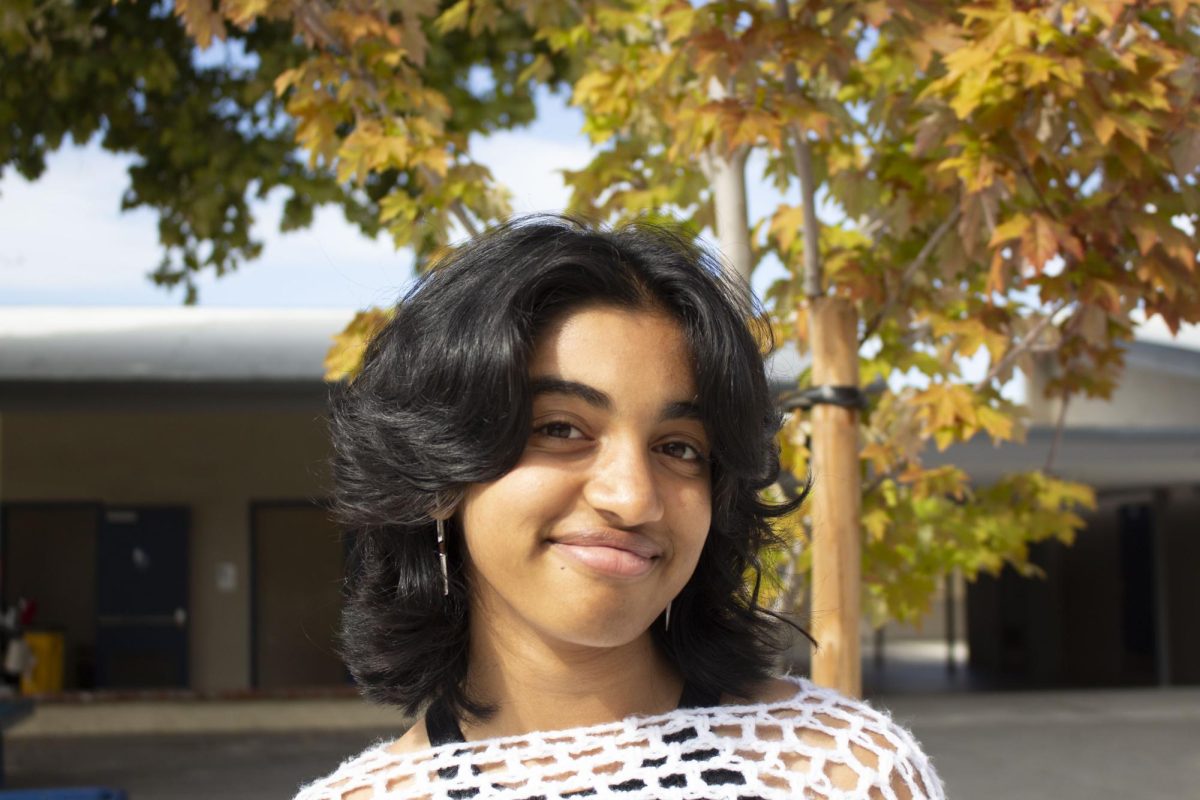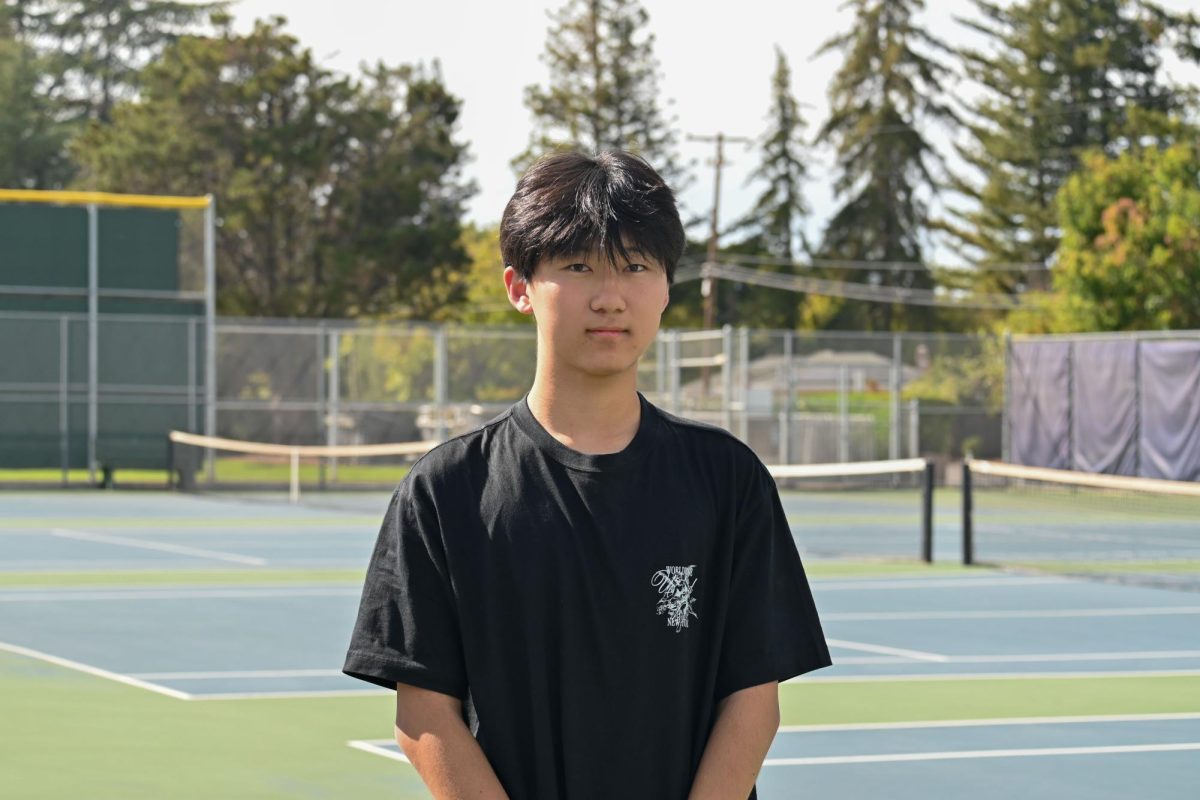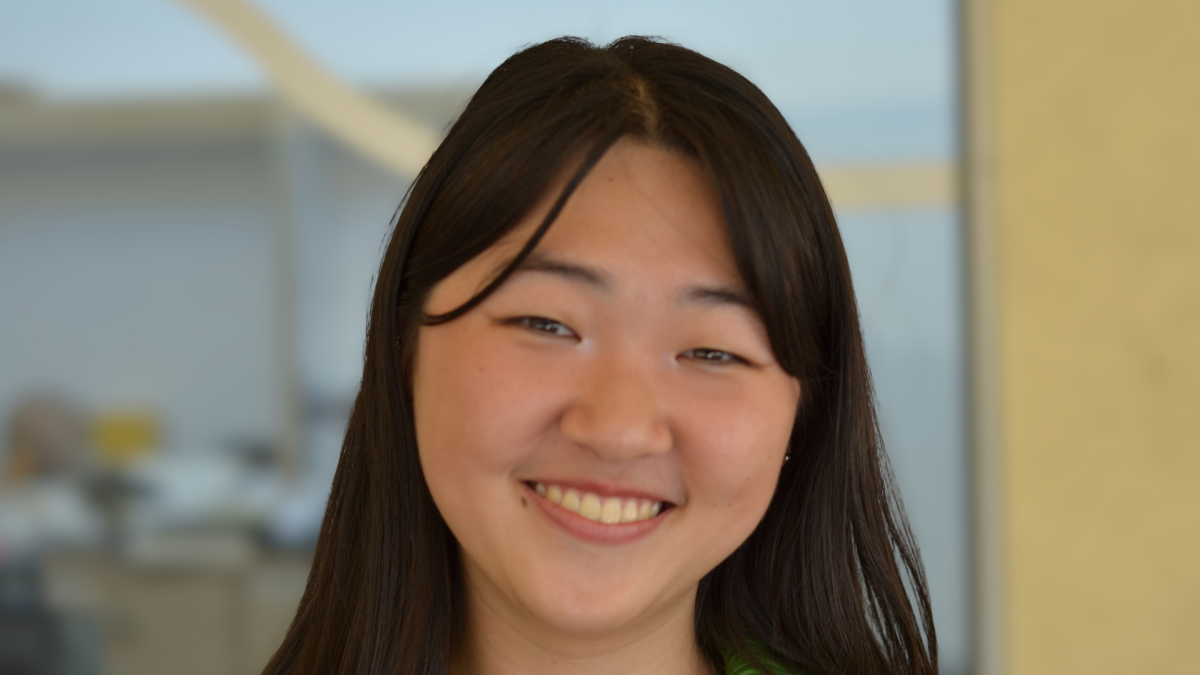On Homecoming Day in 1996, then Spanish teacher Tiffany Karow convinced every student at Los Altos High School to come out of their classrooms and do the Macarena at the exact same time. The result? An early dismissal for all students to watch the Homecoming Parade. Now, 30 years later, she is retiring after switching to an Instructional Support Team (IST) member.
“I always wanted to be a teacher,” Karow said. “When I was little, I would play as a teacher and set my classroom up in my bedroom.”
Karow majored in education with a focus on Spanish and English Language Development (ELD) at the University of Nebraska-Lincoln (UNL). Every year at UNL, she would teach a different level of education — elementary, middle, and high school. At the end of her sophomore year, she knew she wanted to teach high schoolers.
“In my sophomore year of college, I did a summer abroad program where you go to Mexico,” Karow said. “After that trip, I knew I was going to teach Spanish.”
Her first years of teaching were in Nebraska, where she taught English. She moved to California two years later, where she began teaching ELD and Spanish at LAHS.
“I really liked teaching the lower levels of Spanish, but the highlights are teaching the students over multiple years,” Karow said. “Teaching is a hard job, but it’s also really fun, because every day is different.”
That vast variety of students she taught and the connections she formed kept her energized through the decades.
“You get to interact with kids that are excited about life,” Karow said. “It gives you an insight into a world that many adults don’t have, and I find it exciting.”
Karow’s supportiveness shone through during the pandemic, where both students and teachers felt limited by online learning. But Karow took advantage of this opportunity to leverage technology in the digital classroom.
“I taught AP French at the time, and we collaborated a lot during the pandemic,” French teacher Shannon Porfilio said. “We had a lot of new stuff that we needed to make the learning more accessible for students.”
While Karow adapted new tools to help make instruction easier, she saw how technology fundamentally changed the way classrooms — and student interaction — worked.
“It’s weird because I know what it was like before,” Karow said. “When kids didn’t have phones, they had to actually talk to each other. Now I think it gives kids a way to not interact with people, which is kind of sad.”
In her classroom, Karow made sure that students didn’t forget the importance of face-to-face learning.
“I run my class in a way that you’re going to talk to every single person every day,” Karow said. “There’s no hiding behind the screen.”
After decades of teaching directly to students, Karow made the decision to leave the classroom four years ago. She transitioned into an IST member, where she supported teachers in their transition into being a new teacher.
“I have always told myself, ‘When you’re feeling grouchy with kids, it’s time to stop,’” Karow said. “This is not a job that you should stay in if you’re not fully in it.”
“She definitely has helped a lot of younger teachers,” history teacher Todd Wangsness said. “Teaching is a tough experience to get your head around, and it takes many years to grow as a teacher.”
Though stepping back from teaching Spanish was a big change, it allowed her to start slowly taking a step back from her career in public education.
“I’ve been doing it for a really long time and I’ve loved every minute of it,” Karow said. “But I also have a 12-year-old, and I need to be around a little more, and I want to do some other things.”
Karow plans to continue teaching post-retirement by hosting creative circles for adults to create art. Though she won’t be teaching high schoolers anymore, she still cherishes the time she had with them.
“Kids are the future,” Karow said. “Teenagers are at such an interesting time of their lives — you can have really deep conversations and learn from people. I love that.”




